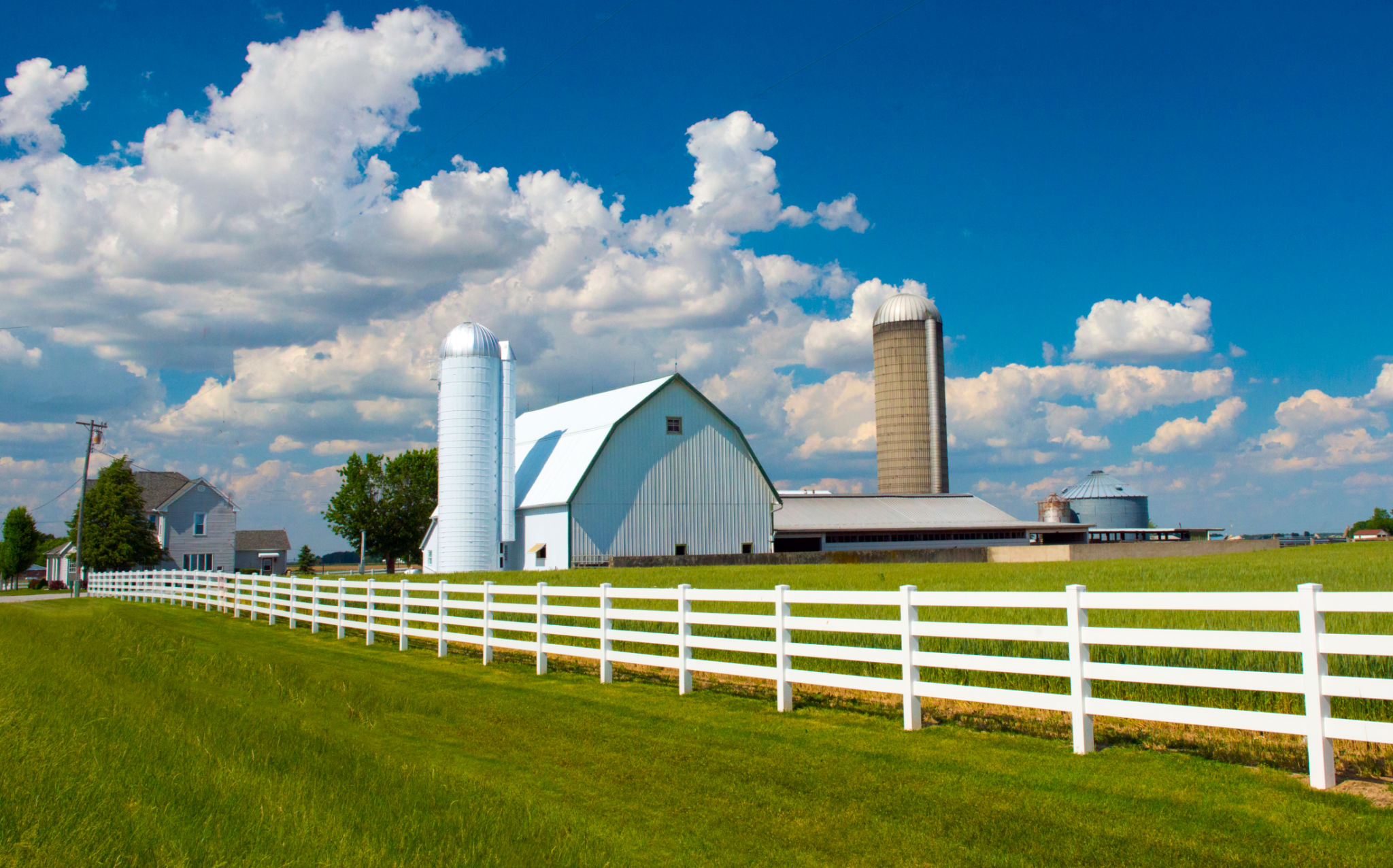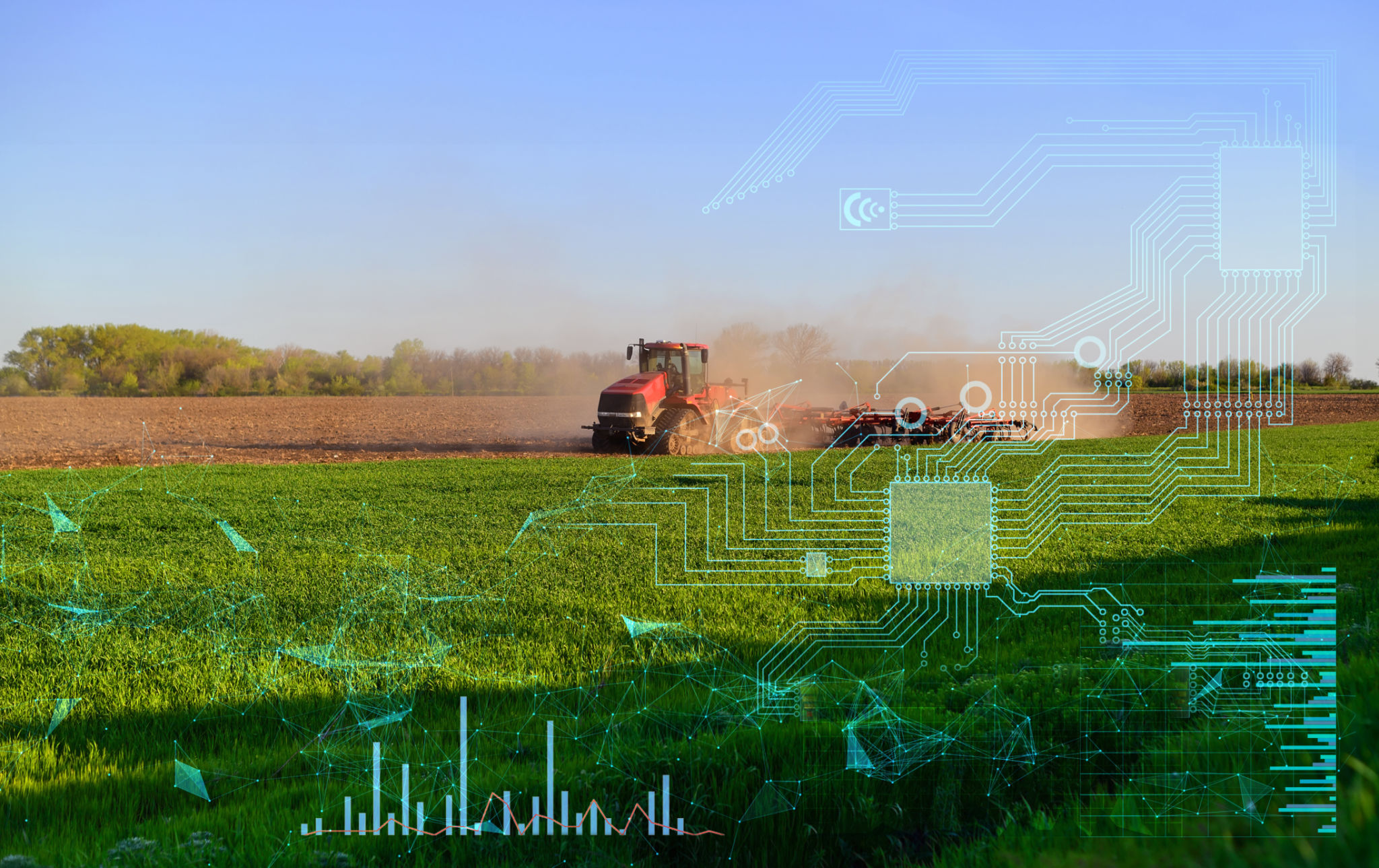Implementing Agricultural Robots: A Step-by-Step Guide for Denver County Farmers
Introduction to Agricultural Robots
In recent years, technological advancements have revolutionized the agricultural industry. One of the most significant innovations is the introduction of agricultural robots. These machines are designed to perform various farming tasks with precision and efficiency, reducing the workload on farmers and increasing productivity. Denver County farmers are increasingly interested in implementing these technologies to enhance their farming operations.

Benefits of Agricultural Robots
Agricultural robots offer numerous benefits, including increased efficiency, reduced labor costs, and improved crop yields. By automating repetitive tasks such as planting, watering, and harvesting, farmers can focus on more strategic aspects of their operations. Additionally, these robots can work around the clock, ensuring that no time is wasted during critical farming periods.
Cost Savings
While the initial investment in agricultural robots may seem high, the long-term cost savings are substantial. With reduced need for manual labor, farmers can save on wages and associated expenses. Over time, the increased productivity and efficiency provided by these robots will offset the initial costs, resulting in a profitable investment.

Selecting the Right Robots
Choosing the right agricultural robots for your farm is crucial. Factors to consider include the size of your farm, the types of crops you grow, and your specific farming needs. Robots come in various forms, from autonomous tractors to drones for aerial monitoring. Assessing your requirements will help you select the most suitable technology.
Research and Consultation
It's essential to conduct thorough research and consult with experts before making a purchase. Speak with other farmers who have successfully implemented robots in their operations and gather insights on their experiences. Additionally, attending agricultural technology expos can provide valuable information on the latest advancements in robotic farming technology.

Implementation Process
Implementing agricultural robots involves several key steps. Here's a step-by-step guide to help Denver County farmers navigate the process:
- Assessment: Evaluate your current farming practices and identify areas where robots can be beneficial.
- Selection: Choose the appropriate robots based on your farm's needs and budget.
- Training: Invest in training programs for yourself and your staff to ensure effective use of the technology.
- Integration: Gradually integrate the robots into your operations, starting with small tasks before scaling up.
- Monitoring: Continuously monitor performance and make necessary adjustments for optimal efficiency.
Overcoming Challenges
Transitioning to robotic farming can present challenges such as technical issues and resistance to change. By addressing these challenges head-on through training and support, farmers can ensure a smoother implementation process. Establishing a relationship with the robot suppliers can also provide ongoing support and troubleshooting assistance.

The Future of Farming in Denver County
The future of farming in Denver County looks promising with the integration of agricultural robots. As more farmers adopt this technology, we can expect to see increased sustainability and productivity across the region. Embracing these innovations will not only benefit individual farms but also contribute to the overall growth of Denver County's agricultural sector.
In conclusion, implementing agricultural robots is a transformative step for Denver County farmers. By carefully selecting the right technology, investing in training, and overcoming implementation challenges, farmers can reap substantial benefits. As technology continues to evolve, staying informed and adaptable will be key to thriving in the modern agricultural landscape.